Advancing Data Science with Language Models: LLMs and their Impact
Data Science & AI
- June 20, 2023
- 2 Min Read
- Arun Krishnan
Advancing Data Science with Language Models: LLMs and their Impact
Large Language Models (LLMs) have ushered in a new era of data science, igniting a transformative impact on the way we process and generate text. As we continue to refine and integrate these models, they hold the key to bridging the gap between language and other data domains, paving the way for groundbreaking advancements in data science.
Large Language Models (LLMs) have exploded into our consciousness over the past several months due to the incredible success of GPT-based models. In fact, Microsoft claimed that chatGPT was the fastest-growing consumer product in the history of the web. The success of these models has started a mad race towards incorporating these models in all aspects of technology.
Companies, cutting across industry segments, are looking to understand how to use these models to boost their businesses. But, before we look at the impact that LLMs can have on our lives, it would be instructive to take a short walk through the history and the development of these models.
A Brief History of Large Language Models (LLMs) Evolution
Humans have always been fascinated by technologies that would enable machines to understand, generate, and interact with human language. From rule-based approaches to statistical models and deep learning techniques, the field of Natural Language Processing (NLP) has witnessed significant advancements. The emergence of Large Language Models (LLMs), led by the transformer architecture, has revolutionized data science and text processing.
To gain a comprehensive understanding of their journey, let’s explore the following timeline.
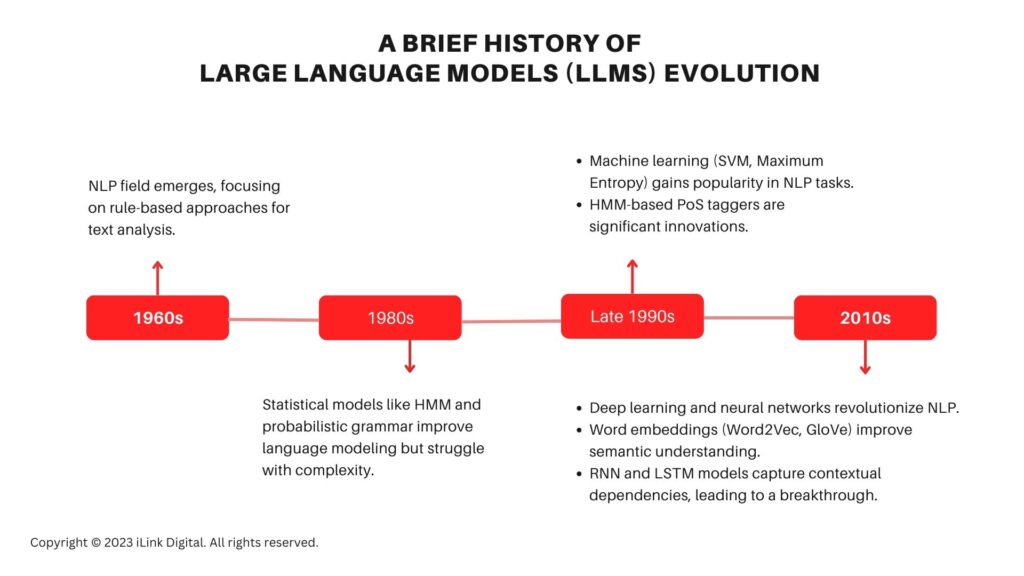
1960s: The field of Natural Language Processing (NLP) emerged with researchers initially focusing on rule-based approaches where linguistic rules were manually encoded to process and analyze text.
1980s: The following decades saw the growth of statistical models using techniques like Hidden Markov Models (HMM) and probabilistic, context-free grammar to model language. These models while an improvement on the rules-based approaches, still suffered from an inability to handle the complexity and ambiguity of natural language.
Late 1990s: This decade marked a shift towards machine learning approaches in NLP. Researchers started using techniques like Support Vector Machines (SVM) and Maximum Entropy models to tackle various NLP tasks such as text classification, named entity recognition, and information extraction. These models leveraged large annotated datasets to learn patterns and make predictions. In addition, HMM-based parts-of-speech (PoS) taggers were a significant innovation during these years.
![]()
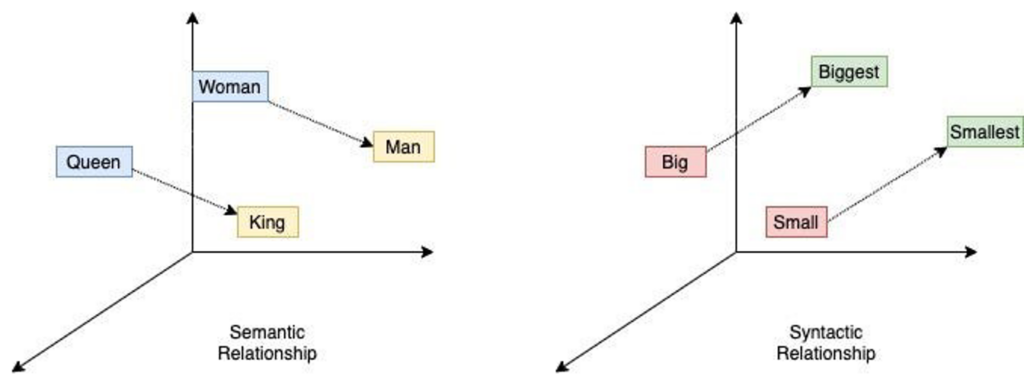
2010s: The paradigm shift in NLP occurred with the emergence of deep learning and large-scale neural networks. The availability of large datasets and compute farms coupled with advancements in hardware accelerated the adoption of deep learning models. Word embeddings like Word2Vec and GloVe provided dense vector representations of words, enabling better semantic understanding.
The real breakthrough came about through Recurrent Neural Networks (RNN) and Long Short-Term Memory (LSTM) models which were capable of capturing contextual dependencies in the text.

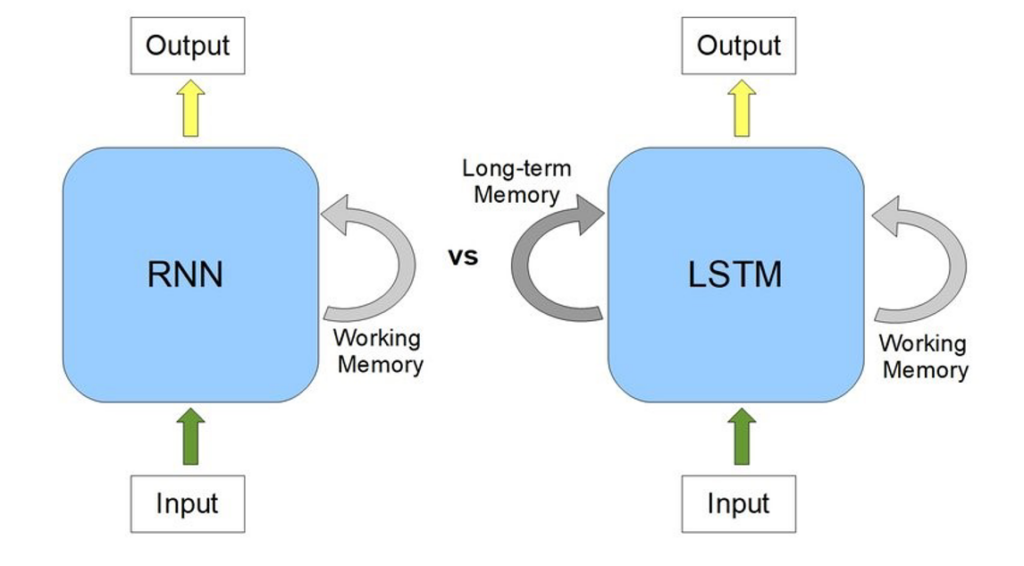
The Rise of Large Language Models (LLMs)
In recent years, a new breed of language models known as Large Language Models (LLMs) has emerged, spearheaded by the Transformer architecture. These LLMs have revolutionized the field of data science and are transforming the way we process and generate text. Generative
Pre-trained Transformer (GPT) based models are pre-trained on vast amounts of data and have hundreds of billions of parameters. For example, GPT3.5 was trained on a corpus of diverse text from the internet, encompassing a wide range of topics and writing styles. This extensive training data enables the model to learn intricate patterns, semantic relationships, and contextual nuances present in human language.
While in the past, models would be trained for specific tasks, these GPT models can take on new tasks without being trained specifically for them, in a method now known as no-shot learning.
One of the most notable achievements of LLMs is their ability to generate coherent and contextually relevant text. These models can generate high-quality prose, news articles, poetry, and even code snippets with remarkable fluency and creativity. They have pushed the boundaries of what was previously deemed possible in automated text generation. The output from LLMs is often indistinguishable from human-written text, which has vast implications across various domains such as content creation, chatbots, virtual assistants, and more.
Beyond Just Text Generation: Diverse Applications of Large Language Models (LLMs)
The impact of LLMs goes beyond just text generation. These models have proven to be incredibly useful in a wide range of tasks such as language translation, sentiment analysis, named entity recognition, question-answering, summarization, and more. LLMs have achieved state-of-the-art results in benchmark datasets, surpassing previous approaches by a significant margin. This progress has the potential to revolutionize industries that heavily rely on language processing, such as customer support, legal research, market analysis, and information retrieval.
Interestingly, LLMs are also starting to be used for tasks such as generating images and videos from textual prompts. What is even more surprising is that these models are now being used to generate code in multiple programming languages.
LLMs have also played a vital role in democratizing access to advanced NLP capabilities. Previously, developing high-performing language models required substantial computational resources and expertise.
However, pre-trained LLMs can be fine-tuned on domain-specific data, allowing organizations and researchers to build powerful language models without starting from scratch and bringing down costs substantially.
This has lowered the entry barriers for NLP development and paved the way for innovation in a wide range of applications across the globe. A plethora of startups are now working on incorporating these models into new technologies.
Researchers are also actively investigating techniques to enhance the interpretability and controllability of these models. A recent paper talked about the similarities in the Electro Encephelograph (EEG) signals from a human brain and the neuronal activations from a deep neural network for the same task.
By understanding and visualizing the internal mechanisms of LLMs, we can gain insights into their decision-making processes and biases. This knowledge can help address concerns about ethical considerations and ensure the responsible deployment of language models in real-world applications.
Future Advancements and Potential of Large Language Models (LLMs) in Data Science
LLMs hold immense potential for future advancements in data science. Continued research and development will refine the training methodologies, architectures, and fine-tuning techniques, leading to even more powerful language models. Furthermore, integrating LLMs with other fields such as computer vision and reinforcement learning could enable machines to comprehend and generate multimodal content, bridging the gap between language and other forms of data.
In conclusion, Large Language Models are starting to revolutionize the field of data science, particularly in the realm of natural language processing. Their remarkable ability to generate coherent and contextually relevant text, coupled with their superior performance across various NLP tasks, has opened up new possibilities in content creation, virtual assistants, customer support, and more.
Interested in Harnessing the Power of Language Models (LLMs) to Advance Data Science?
iLink Digital is a leading provider of generative AI solutions that help businesses like yours to leverage the full potential of LLMs, driving innovation and transforming your organization’s data-driven initiatives.
Explore our page to learn more about our cutting-edge solutions, deep expertise, and successful implementations in the field of LLMs. Our team of AI experts is dedicated to helping you unlock the transformative capabilities of LLMs, enabling you to gain valuable insights, enhance decision-making, and drive tangible business outcomes.
About Author
Arun is the Sr. VP and Practice head for Analytics and AI at iLink Digital with over 24 years of cross-geographical experience in academia and industry. His exceptional proficiency lies in implementing cutting-edge algorithms and solutions for data analysis and pattern recognition in the domains of Engineering, Information Technology, and Biotechnology. His extensive wealth of knowledge and experience, coupled with a robust publication record, positions Arun as a key driving force in pioneering innovation and achieving transformative results within the field of Analytics and AI.
SHARE
Related Blog Posts

Top Technology Trends in Automotive Industry
Technological innovations like AI, autonomous vehicles, and AR are revolutionizing the automotive in...

Telecom Industry Trends: Shaping the Future in 2024
Explore the top 5 telecom trends for 2024: 5G expansion, network virtualization, edge computing, cyb...

6 Benefits of Adopting Low-Code No-Code Platforms for Businesses
Unlock business potential with low-code/no-code platforms: fast development, cost savings, accessibi...

Revolutionizing Industries with Power Platform: Case Studies and Insights
Explore transformative technologies like AI, Quantum Computing, and Industry Cloud Platforms, set to...
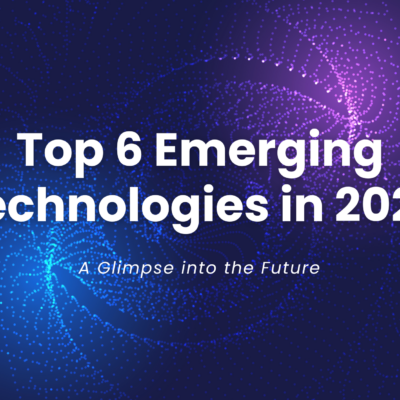
Top 6 Emerging Technologies in 2024: A Glimpse into the Future
Explore transformative technologies like AI, Quantum Computing, and Industry Cloud Platforms, set to...

Top Technology Trends of 2023: A Year in Review
Explore 2023's pivotal tech trends: Generative AI's impact, Blockchain's trust-building, Low/No Code...
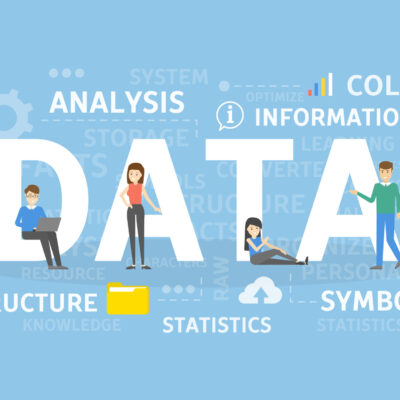
How Top Industries can benefit most from Data Science & AI
Explore the revolutionary role of Data Science and AI in propelling industries forward. From reimagi...
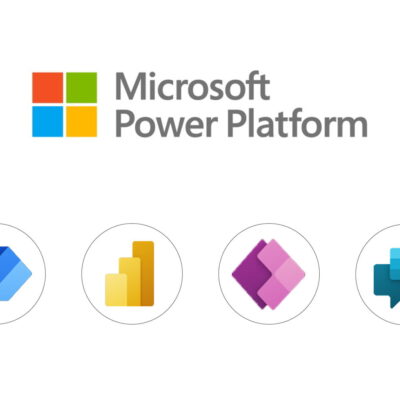
6 Guided Strategies for Microsoft Power Platform Implementation
The Microsoft Power Platform offers organizations the ability to accelerate digital transformation w...

Choosing the Right Cybersecurity Services Partner: Step-by-Step Guide
In this blog, we'll guide you through the crucial process of selecting the perfect cybersecurity all...

The Value of Regular Security Audits: Safeguarding Your Digital Fortress
Imagine your company's digital infrastructure as a castle and its data as your most treasured posses...

Cybersecurity Awareness Training: Arm Your Team Against Digital Threats
While most organizations invest in state-of-the-art security solutions, there’s often an overlooked...

The Financial Impact of Cyber Breaches on Businesses: Direct & Hidden Expenses
Cyber breaches cost businesses millions, with both immediate and long-term financial impacts. Beyond...

How Technology can help to Bolster Employee Engagement and Happiness
Unlock employee happiness and engagement with technology. Discover strategies like flexible work, co...

Why is Beak the Ultimate AI-Based Solution for Your IT Infrastructure Challenges
Discover Beak - An Intelligent GPS for Infrastructure Monitoring, SOC, NOC & RMM. Streamline ope...
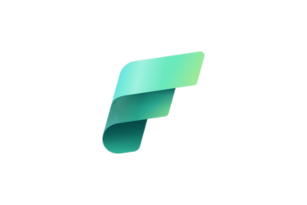
Microsoft Fabric: Unleashing the Power of Next-generation Data Analytics with AI Capabilities
Explore Microsoft Fabric, the cutting-edge data analytics platform that combines AI capabilities wit...

Streamlining Your Migration from Crystal Reports to Power BI
iLink Digital specializes in seamless Crystal Reports to Power BI migration. Explore feature compari...

Streamline Your Business with ServiceNow Bonding: Simplifying Integrations
In today's interconnected business landscape, seamless data exchange between systems is crucial for...

A New Way of Building Attended Automations with UiPath Apps, UiPath Forms & Triggers, and FromIo
Building attended automation is crucial for businesses seeking operational efficiency and improved u...

Conversation AI Vs. Generative AI: Decoding the Difference
In this blog post, we delve into the unique realms of conversational AI and generative AI. We explor...

5 Tips to keep your Salesforce Org Health in Top Shape
As a business leader, it's crucial to prioritize the health of your Salesforce org to ensure optimal...
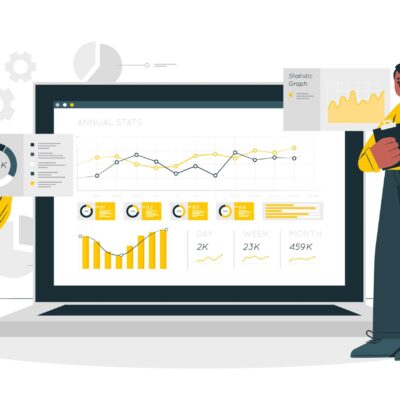
Ace your Qlik to Power BI Migration in 10 Steps
Are you planning to migrate from Qlik to Power BI? The process can be challenging, requiring careful...

Why Your Business Should Migrate from Cognos to Power BI?
Learn why businesses are choosing to migrate from Cognos to Power BI and how it can maximize the val...
![Aligning DevOps with AWS: Development Stage [Part 4 of 9]](https://www.ilink-digital.com/wp-content/uploads/2023/06/image-400x400.png)
Aligning DevOps with AWS: Development Stage [Part 4 of 9]
Discover the power of DevOps with AWS in the Development stage! Leverage services like AWS Cloud9, C...

Modernization to Elevate IT Resilience: Answering Why & How?
Discover how modernizing your systems can significantly improve your business's IT resilience. In to...
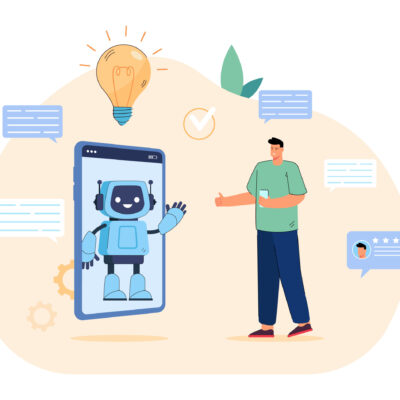
Chatbots for Customer Service: A Must in 2023?
Driven by artificial intelligence, chatbots are shaping the future of customer service with their tr...

5 Strategies for Maximizing Business Value on Your Cloud Journey
In today’s digital era, harnessing the power of the cloud has become an indispensable element for bu...
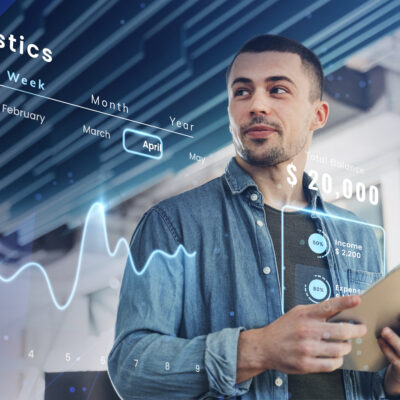
Maximizing Revenue and Driving Growth with Salesforce Revenue Intelligence
In today's data-driven business landscape, maximizing revenue and driving growth is crucial for comp...

Why Power BI is a Game-Changer for Your Business Intelligence Needs
Power BI is a powerful business intelligence tool that enables organizations to make data-driven dec...

MULTI-TENANCY ON OUTSYSTEMS: Answering How & Why?
OutSystems is a low-code platform that offers multi-tenancy support, a critical feature for modern a...

Greening the Cloud: How Cloud Computing Can Help the Environment?
Cloud migrations have the potential to reduce energy consumption by 65% and carbon emissions by 84%...

Conversational AI in Insurance Industry: Top Use Cases to Explore
Looking to explore the potential of Conversational AI in the insurance industry? Our in-depth blog p...

5 Ways Companies can lower their Carbon Footprint and Contribute to a Greener Future
As we navigate through the climate crisis, the need for businesses to prioritize carbon management h...

Mastering Salesforce Queues: A Comprehensive Guide to Boosting Your Productivity
As a sales professional, you're always looking for ways to streamline your work and be more producti...

6 Technologies to help your Business Achieve Sustainability Goals in 2023
Many corporate leaders are also discovering that sustainability can deepen their organization’s sens...

How IoT is reinventing Manufacturing and Supply Chains Industries in 2023?
IoT has transformed manufacturing operations and supply chain management by increasing operational s...
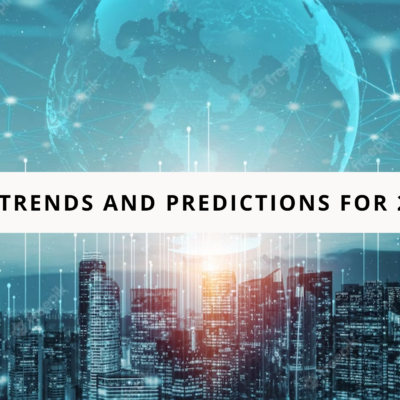
The Future of IoT: Trends and Predictions for 2023
The Internet of Things (IoT) has come a long way since its inception over a decade ago.
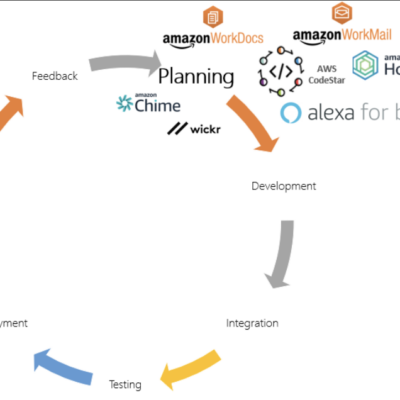
Aligning DevOps with AWS: Planning Stage [Part 3 of 9]
In this article, 3rd in the series, we will discuss the Planning stage of DevOps using AWS and intro...

Cloud-Based RPA: The Next Frontier in Automation
Automation has become a buzzword in the business world, and for a good reason. Companies are embraci...
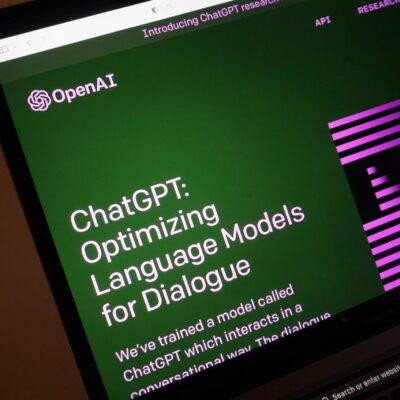
How can Businesses use ChatGPT to upgrade their Customer Services?
Businesses can leverage ChatGPT to take their clients’ experience to the next level. For example, re...
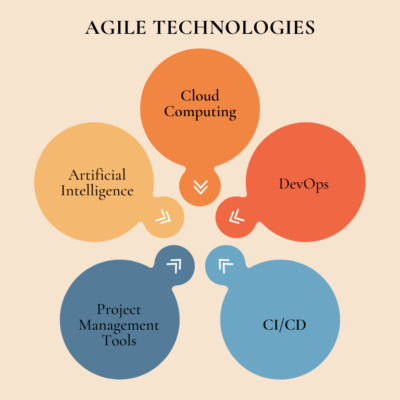
Agile Technologies: Revolutionizing Business Efficiency and Innovation
Businesses that use agile technologies have gained insights, worked faster, and built stronger relat...

Top 7 Salesforce Trends To Follow in 2023
As one of the most powerful CRM platforms, Salesforce assists businesses to build customer databases...

What is Data Mesh? | Architecture, Principles, and Benefits
What is Data Mesh? Data mesh is a decentralized data architecture that groups data according to a pa...
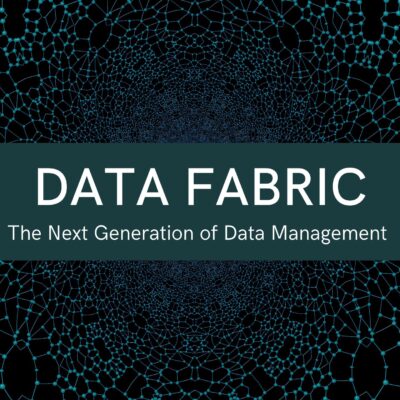
Understanding Data Fabric, its Key Components & Benefits.
Data fabric integrates and connects to your organization’s data while removing the complexities invo...

What is IoT Analytics and Why Business Leaders should care?
48% of companies use IoT in their business. Imagine the amount of customer data being collected. Wit...
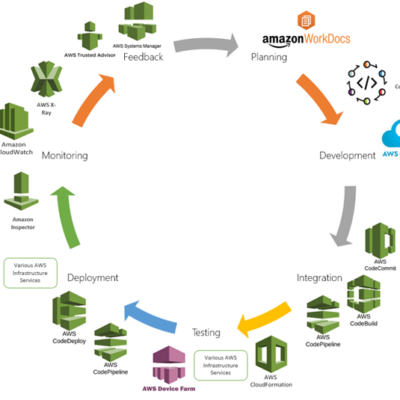
Aligning Services with DevOps Stages [DevOps with AWS – Part 2 of 9]
One popular platform for implementing DevOps practices is Amazon Web Services (AWS). In this article...

9 Best Practices for Protecting Data Privacy in 2023 and Why they shouldn’t be disregarded.
The average cost of a data breach is currently $4.35 million, and that amount will only increase. Al...
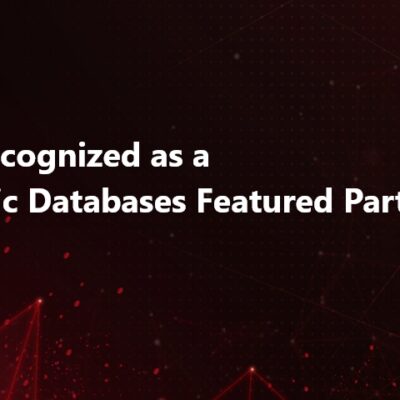
iLink Digital Recognized as a Microsoft Fabric Databases Featured Partner
Bothell, WA – April 01, 2025 Bothell, WA – iLink Digital is proud to announce its recognition as a...

iLink Digital Achieves Kubernetes on Microsoft Azure Advanced Specialization
Bothell, WA – March 20, 2025 iLink Digital is proud to announce that it has earned the Kubernetes...
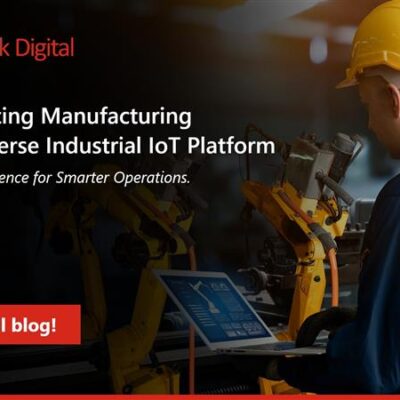
Revolutionizing Manufacturing with ThingVerse Industrial IoT Platform: Data-Driven Excellence for Smarter Operations
Imagine a large automotive factory struggling with frequent machine breakdowns, unpredictable downti...



